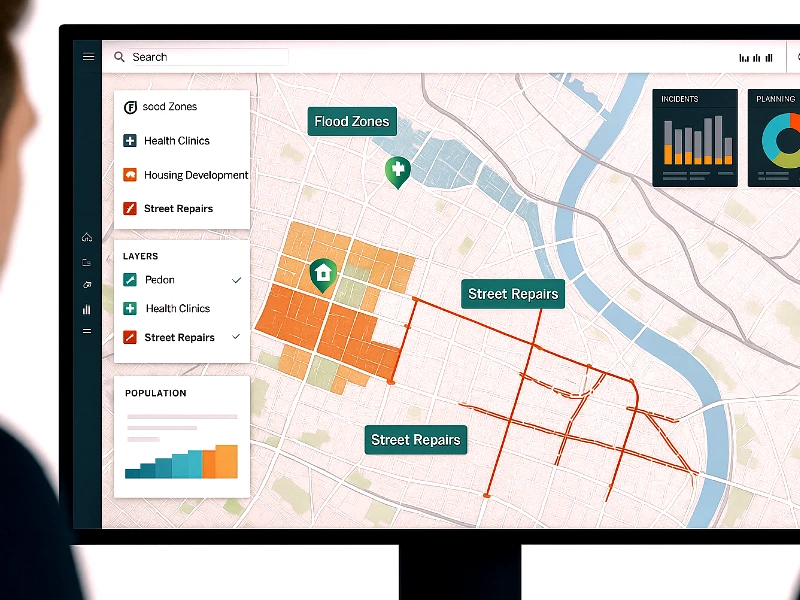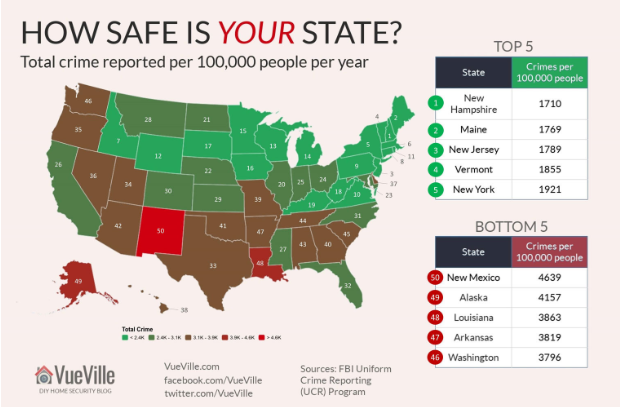History of GIS
In which decades did GIS begin to emerge? Since its inception, GIS has seen significant development. The field has been redefined and enlarged, particularly in the last few years of GIS history, with the support of all other disciplines that use and rely on GIS and the popularisation of GIS technologies.
How Has GIS Evolved to Shape Modern Industries?
Explore how GIS advancements are driving smarter decisions across sectors. Discover the impact with GIS Navigator!
📞 Schedule a Call | 📩 Email Us | 💼 Get a Quote Now
When was GIS Invented?
Key Milestones in GIS Development
1854 – 1960: Origin of GIS
During the next hundred years or so, there was limited development in GIS. Mapping was paper-based, and there was no computer mapping.
By the 1950s, maps were starting to be used in vehicle routing, development planning, and locating points of interest.
The earliest GIS applications emerged in the 1960s; we can trace their history back to this period. The emergence of the first computers and the growing requirement for geographic data were the two primary causes of this.
A few years earlier, new methods in cartography, including quantitative mapping, appeared to foresee the requirements that the use of computers and geographic data would bring in the future. These developments created the theoretical groundwork for GIS.
In 1959, Waldo Tobler established the fundamentals of a system known as MIMO (map in–map out) to use computers in cartography. This was the first notable instance of combining computers with geography. He established the fundamental concepts of producing, encoding, deciphering, and displaying geographic data in a computer system.
1960s: Who Invented GIS?
The Canadian Geographical Information System (CGIS) was the original GIS. Often referred to as the “father of GIS,” Roger Tomlinson developed it in Canada in the early 1960s.
Two applications, SYMAP and GRID, established the theoretical groundwork for analysing raster and vector data—the two primary methods for recording and storing geographic information—in the mid-1960s.
Dana Tomlin defined the key concepts for analysing raster GIS with his map algebra.
Thanks to those foundational publications, the field of GIS began to take shape in the 1960s.
The US Census Bureau was also an early adopter of the core principles of GIS. The Bureau began to digitise Census boundaries, roads, and urban areas.
The Ordnance Survey GB began developing its topographic mapping. It used computers to simplify updating future map editions, and in 1971, digital mapping was introduced to OS large-scale map production.
GIS is now a vital component of the cartography industry and no longer merely an experimental tool.
1975 – 1990: The Emergence and Advancements of GIS Technology
It was in this age that GIS software was developed. Landscape architect, urban planner, and environmental scientist Jack Dangermond co-founded Esri Inc.
Consequently, he left for Harvard in 1967 to work in the Laboratory for Computer Graphics. In the middle of the 1970s, the laboratory created ODYSSEY GIS, the first vector GIS.
Due to computer memory and graphic capabilities advances, commercial GIS software began to develop in the late 1970s. Esri, currently the biggest GIS software provider worldwide, was one of the suppliers. A prominent figure in the history of GIS, Esri is acknowledged as a top expert worldwide.
From then on, GIS changes rapidly due to numerous outside influences, passing through several distinct phases. This change impacts the field of GIS itself, the technology it uses, the data it uses, and the theories and methods upon which it is based.
Today
Whether we recognise it or not, everyone uses geographic information systems (GIS) and spatial analysis these days. Have you noticed Google’s location-based search feature? Do you get from point A to point B using an app on your phone? Do you follow the delivery of your package or the scheduled cab? Each instance uses spatial information to provide you with the best response or the most recent information.
Other examples include:
- Possible store locations: determined by route-time analysis, consumer spending power, competition locations, and customer locations.
- A 19% decrease in break-ins resulted from predictive crime analysis employing GIS and spatial analysis.
- 10% less delivery expenses thanks to real-time fleet tracking.
- With 370 ships per day, the busiest port in Europe contributes to the world’s top-ranked Dutch infrastructure.
- Improved air quality leads to more informed environmental and health policies in Europe.
Modern GIS incorporates several data types and has its roots in the study of geography. Using maps and three-dimensional scenes, it combines layers of information into visualizations by analysing spatial position. Because of this extraordinary power, GIS helps users make more informed decisions by revealing more profound insights into data, including links, trends, and situations.
Hundreds of organisations worldwide use GIS to create maps that facilitate communication, analysis, information sharing, and resolving challenging issues. This is altering how the world functions.
The Evolution of Technology

Computers’ evolution has impacted GIS. Three areas have dramatically affected the current form of GIS.
- Graphical outputs: Computers’ ability to produce graphical outputs has advanced significantly since the early days of computing and continues to grow. GIS has kept up with this development regarding printed outputs and screen rendering.
- Data access and storage: The use of massive GIS datasets is contingent upon advancements in data storage and access as the size of these databases has skyrocketed.
- Data input: When GIS started, data had to be manually digitised. These days, generating data for a GIS is entirely different. It employs specialised software, like that used for automatically digitising pattern recognition based on images, or specialised hardware, like high-resolution scanners, all of which provide data that is ready for use.
The Future of GIS
With automation, cloud computing, drones, and the Internet of Things (IoT)-)-connected devices, geospatial data will become more precise and available. Virtual reality (VR) brings the crucial new feature of allowing users to walk around and interact in fresh and exciting wtays with geographical data.
Furthermore, artificial intelligence (AI) is becoming increasingly integrated as scalable fundamental models for assessing various data types from remote sensors are developed answers to questions on invasive species, deforestation, and reacting to natural disasters. You can read more about IBM and NASA’s partnership here.
From Maps to Smart Solutions – GIS Keeps Advancing
Harness the power of cutting-edge GIS technology for accurate analysis and informed decisions. See how GIS Navigator can help!
📞 Schedule a Call | 📩 Email Us | 💼 Get a Quote Now
Conclusion
The history of GIS is still evolving, from a map used to locate the origin of a disease to a computer-based tool that stores and modifies geographic data derived from maps.
The GIS industry is anticipated to grow to US$9 billion by 2024 as businesses, governments, and organisations use this technology for decision-making.
Working with the GPS Navigator gives all team members more authority, from front-line workers to upper management in the boardroom. We offer solutions that will lessen the possibility of government fines, client complaints, and harm to one’s reputation while streamlining field operations and encouraging more thoughtful, profitable decision-making.
Please get in touch with us immediately if you have any inquiries about how your company could profit from a partnership with us.



